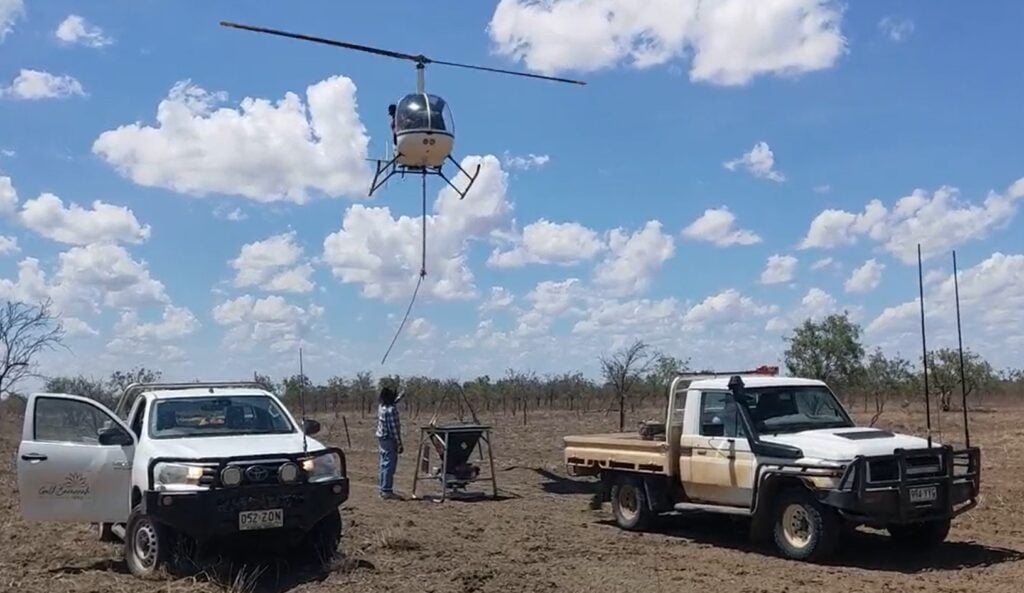Prickly Acacia is the scourge of the Southern Gulf region’s pastoral industry. Introduced originally as a shade tree and for drought fodder, it has proven to be all too successful, infesting millions of hectares of valuable grazing country.
The February 2019 monsoon floods caused prickly acacia incursions across nearly all extensive grazing properties in the region. Combined with favourable wet seasons in the following years, this exacerbated the extent, spread, and density of the weed.
As the shrub grows, it outcompetes pasture for water, and its thorny thickets interfere with mustering, movement of stock, and access to water. It also eliminates valuable pasture grasses, impacting native species that rely on grassland ecosystems.
The Australian Government’s Prickly Acacia Weed Management Program funded projects across ten prickly acacia weed management zones, with 54 properties participating. This work focused on managing prickly acacia regrowth, including the use of a helicopter-mounted weed sniper to treat scattered infestations on properties.
Over the course of the project, prickly acacia incursions were treated over an area of 70,000 hectares.
Not just the Southern Gulf
Gulf Savannah NRM has also been managing new and isolated prickly acacia incursions in the Northern Gulf region.
Funded by the same management program as in the Southern Gulf region, the project has conducted extensive aerial reconnaissance along the Einasleigh and Gilbert rivers, downstream of known incursions. Find out more.
‘The project has significantly increased our data on the locations of incursions, and we’ve made substantial progress in treating the spread,’ Gulf Savannah NRM’s Marcus Mulholland said.

Prickly Acacia projects have used helicopters for reconnaissance and treatment in the fight against this invasive weed.
